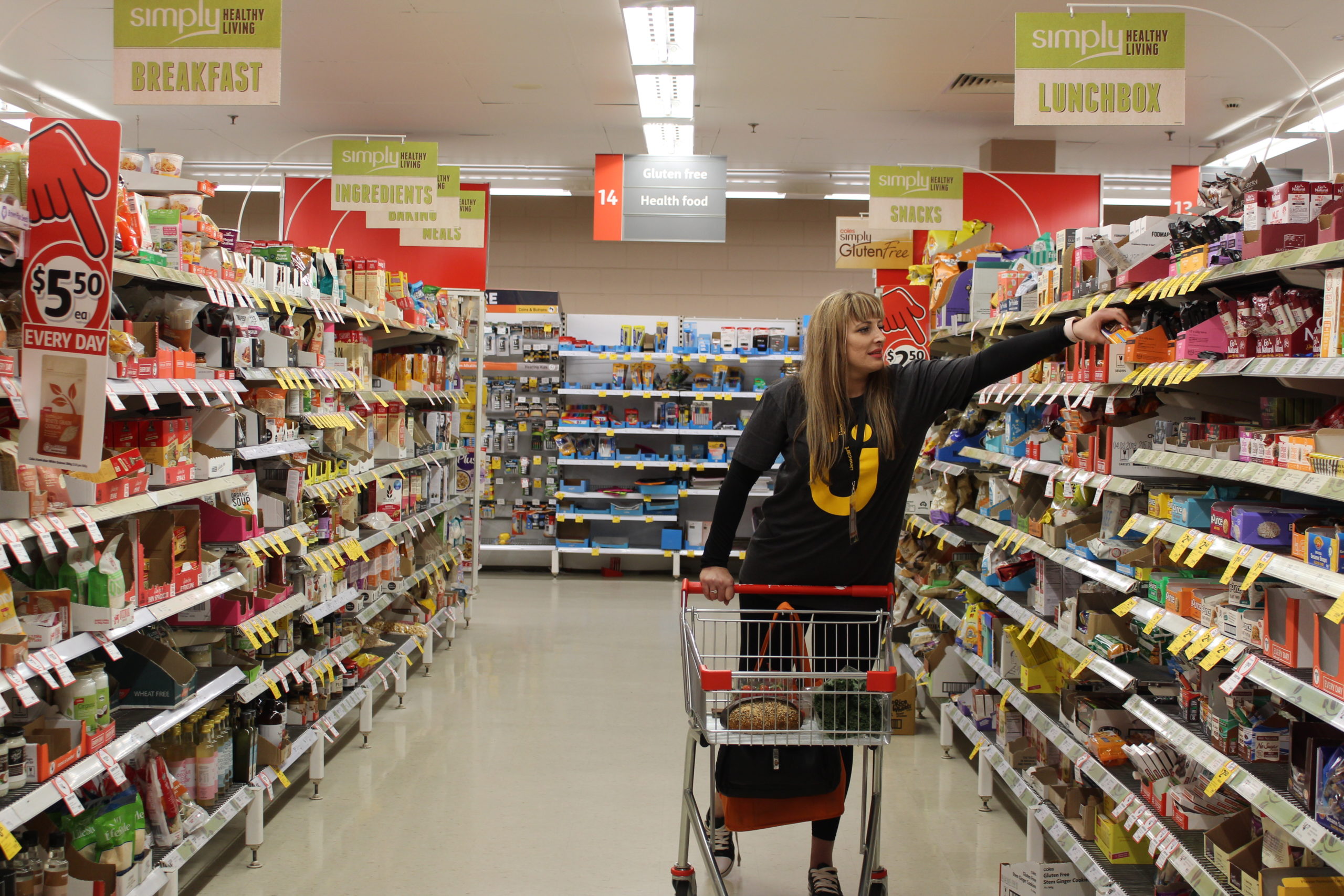



Article by: Hari Yellina
COVID- The necessity and benefits of central markets systems have been underscored by 19 disruptions in the fresh produce supply chain. While reports surfaced over the last two years of supermarket chains working hard to keep vegetables and fruit on the racks during various lockdown periods across Australia, the vast majority of independent produce retailers remained stocked and serving customers thanks to their purchases from wholesale markets. According to the Australian Bureau of Agricultural and Resource Economics and Sciences’ (ABARES) March Quarter Agricultural Commodities Report, there were significant interruptions to major supermarket distribution networks in the second half of 2021-22.
In contrast, smaller shops have experienced fewer interruptions as a result of increasingly decentralised wholesale markets. As a result, questions concerning the effectiveness of various food supply chains in Australia, as well as which of them will benefit consumers and farmers more widely, have resurfaced. To reach a larger number of customers, major supermarkets create lengthy food chains that transport, distribute, and supply massive quantities of consistent quality foods across Australia. “Such businesses have helped to lower transportation and distribution costs, address asymmetric information issues common in food safety and quality, and better deliver convenience and savings to consumers by bringing a greater range of affordable farm products together in one location.” However, these advantages were weighed against the benefits of shorter supply chains for smaller shops and greengrocers.
“They often have lower throughput than the main supermarkets in their area, but they provide a more personalised shopping experience by offering specialty products not seen in supermarkets,” according to the research. Freshmark, which represents producers, wholesalers, retailers, and customers in the Sydney and Newcastle Markets, said in a February newsletter update that the Omicron variation demonstrated the viability of the two-tiered supply chain within the central markets system. “While product shortages persist at Coles and Woolworths, the wholesaler/independent retailer’s operating model makes moving items more easier, and businesses are nimble enough to buy fruit every day and present it on their shelves a short time later,” Ms George explained.